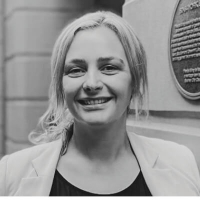Divergent markets
Commercial vehicle sales have been strong, mainly because there’s finally decent stock around. That’s pushed a lot of buyers toward new over used, especially with the flow of imports from Japan and elsewhere. Another big one is the rise of plug-in hybrids – they’re shaking up the mix and becoming a serious option for businesses and individuals looking at fleet or work vehicles.
It’s very split depending on where you are. In Victoria, civil construction feels like it’s gone into hibernation – things have slowed right down. But in Queensland, it’s the complete opposite.
Civil and commercial construction is firing up, machinery sales are strong, and mining and regain road contracts are feeding back into smaller businesses winning projects and gearing up for long-term work. There’s a clear contrast between the two states, and right now, Queensland is where the demand’s booming.










